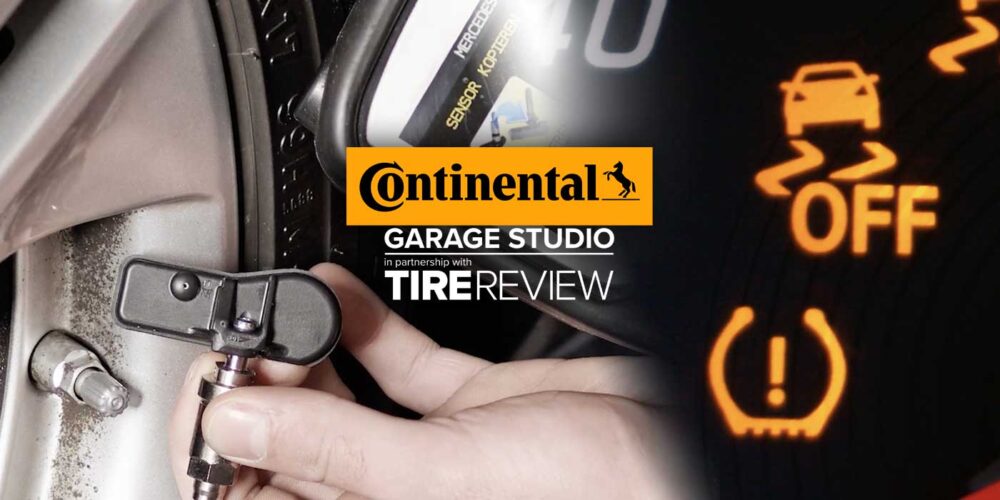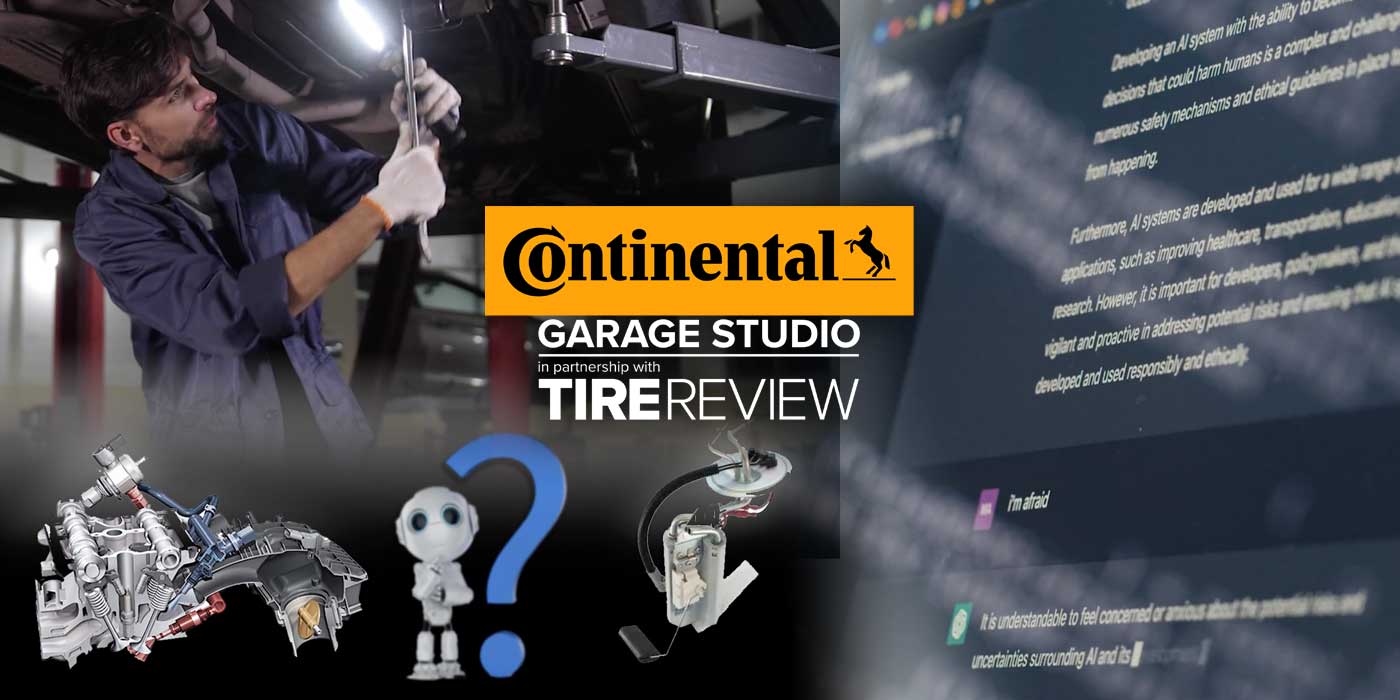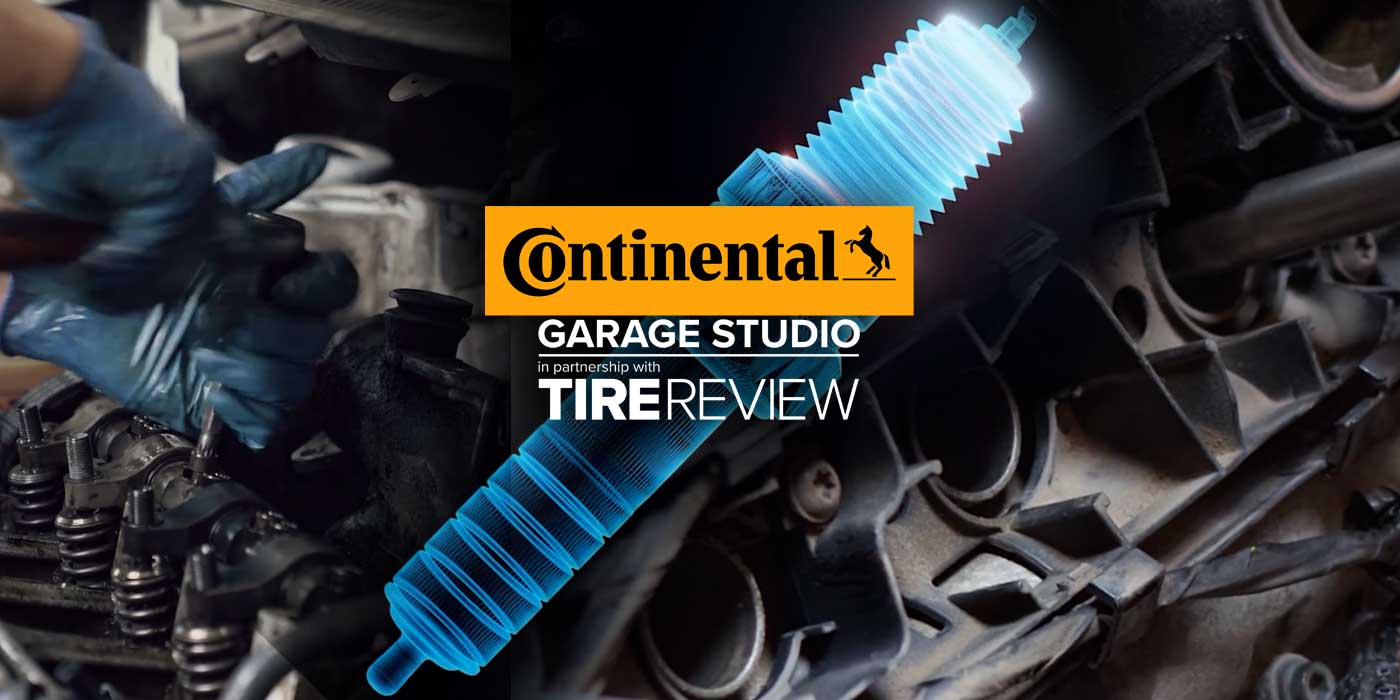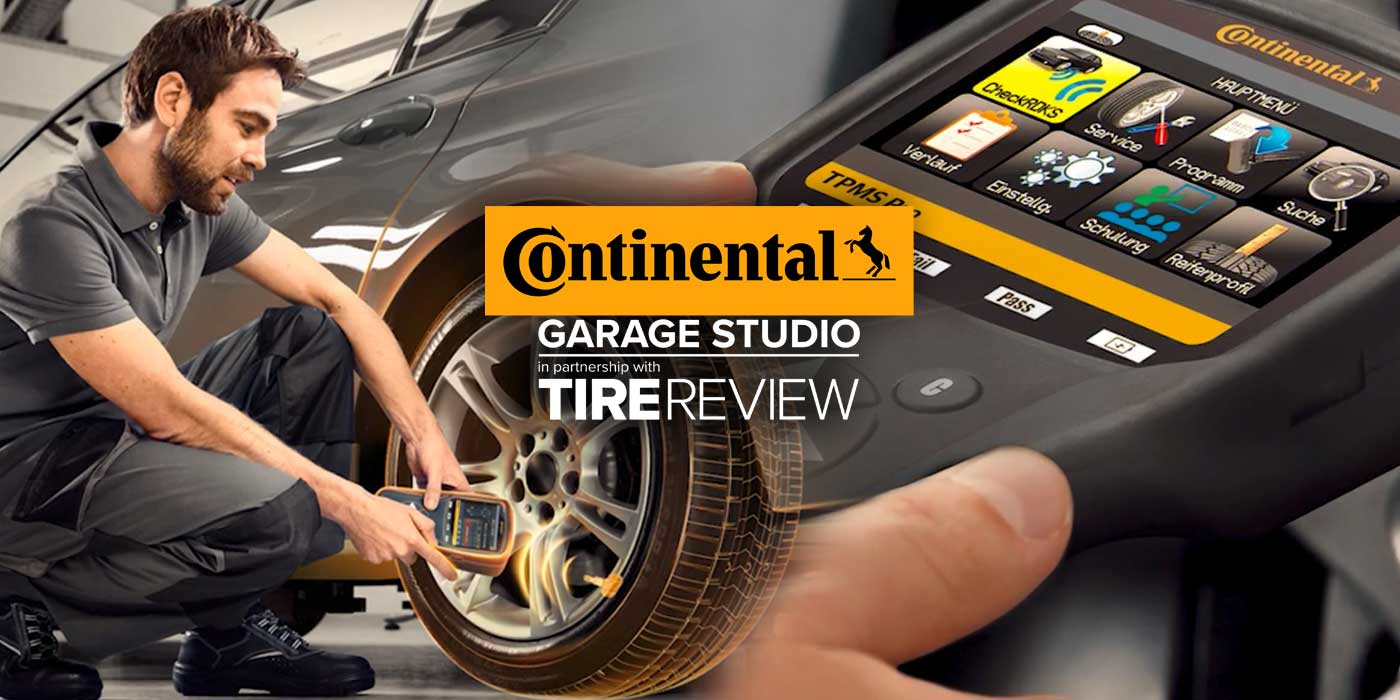Have a customer whose engine has stalled due to a catalytic converter failure? In this video, Tire Review’s David Sickels gives reasons why most converters fail, from the Tire Review Continental Tire Garage Studio at Babcox Media.
So, what does cause most converters to fail? A lot of times, it’s a single misfiring spark plug or a leaky exhaust valve that dumps enough unburned fuel into the exhaust to overheat and damage the converter.
When the converter gets too hot, it literally can melt the ceramic honeycomb or pellets that hold the catalyst. From there, this can cause a partial or complete blockage in the exhaust system that chokes engine performance and may even cause the engine to stall.
Most converters start out at about 99% efficiency when new, and quickly taper off to about 95% efficiency after 4,000 miles or so of driving. As long as efficiency doesn’t drop off more than a few percentage points, the converter will do a good job of cleaning up the exhaust. But if efficiency drops much below 92%, it will usually turn on the malfunction indicator lamp.
There are a few chemicals that can prevent a catalytic converter from breaking down some of the gasses and harmful elements in an exhaust stream, particularly zinc and phosphorous, without the driver even knowing it. These two chemicals can taint the catalyst bed inside the converter and cause it to no longer be efficient or effective in reducing emissions. This typically results in a code from the vehicle that indicates that the converter is below efficiency.
Replacing the converter will eliminate the blockage, but unless the underlying cause of the failure is diagnosed and repaired, the replacement converter will likely suffer the same fate. Replacing these are expensive for the customer, so it makes sense to protect their longevity.
This underscores the need to return your customers’ vehicle to proper operating condition, especially as it relates to a misfire, fuel issue or ignition issue, so that the catalyst inside the converter can operate properly and keep the check engine light out.











